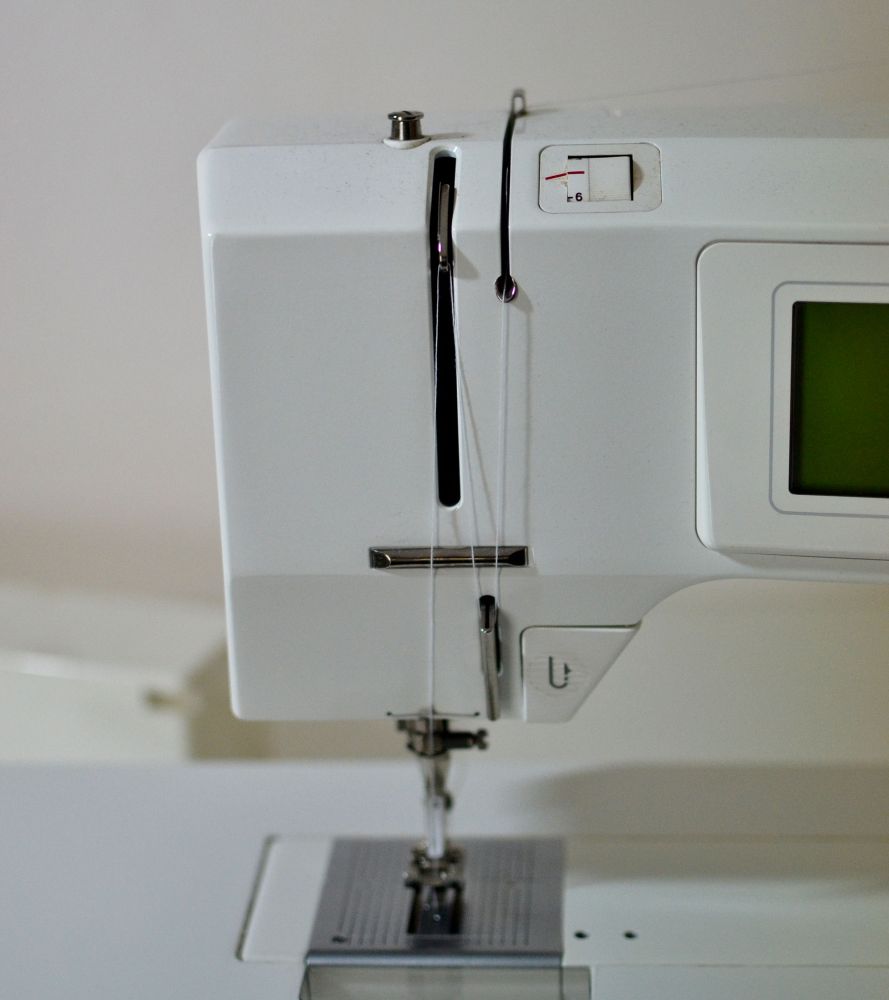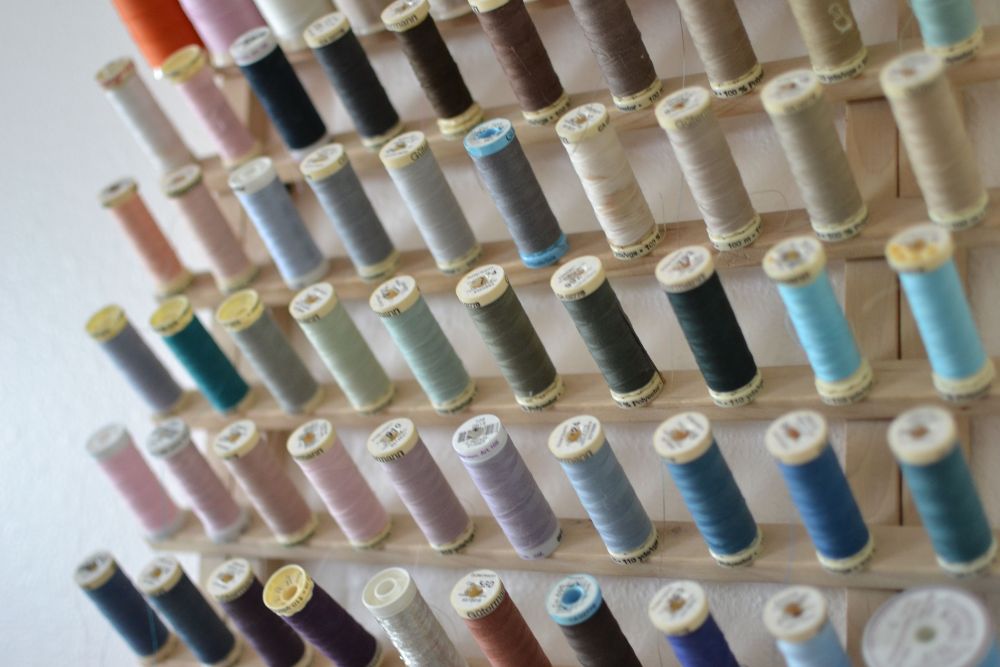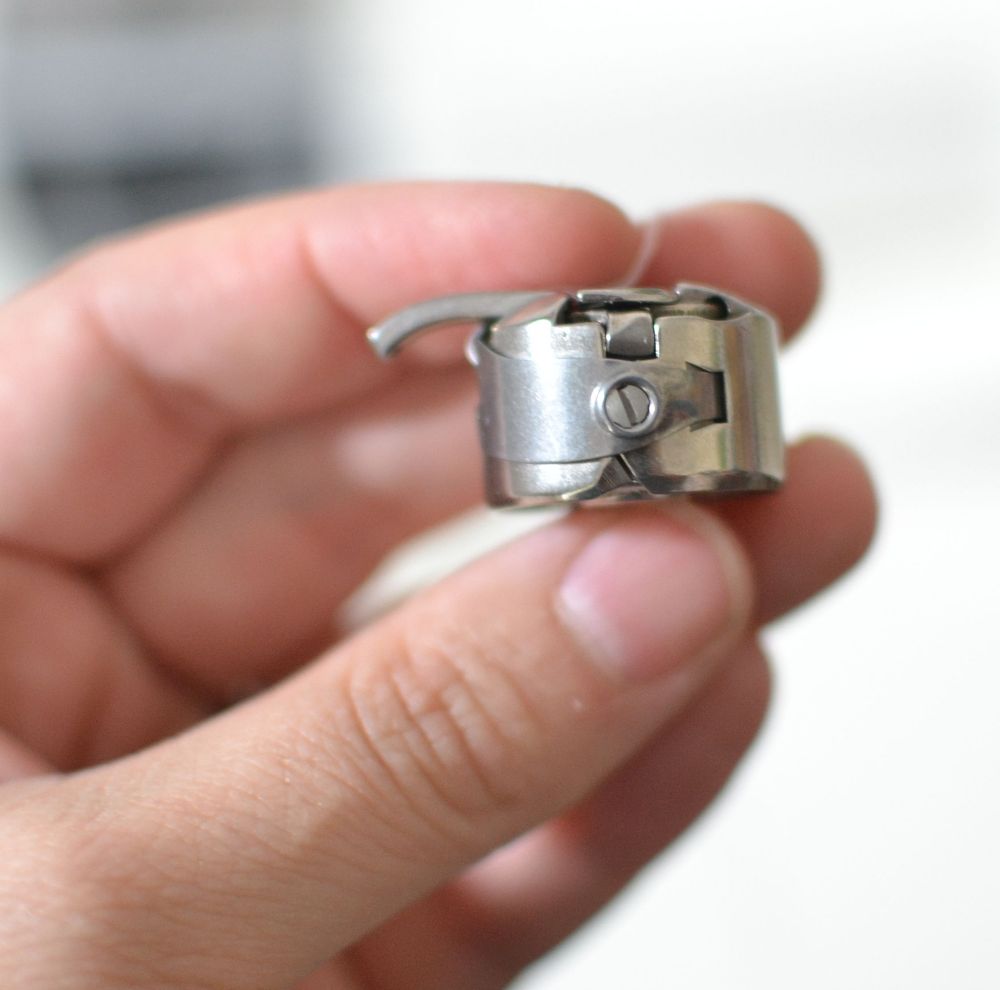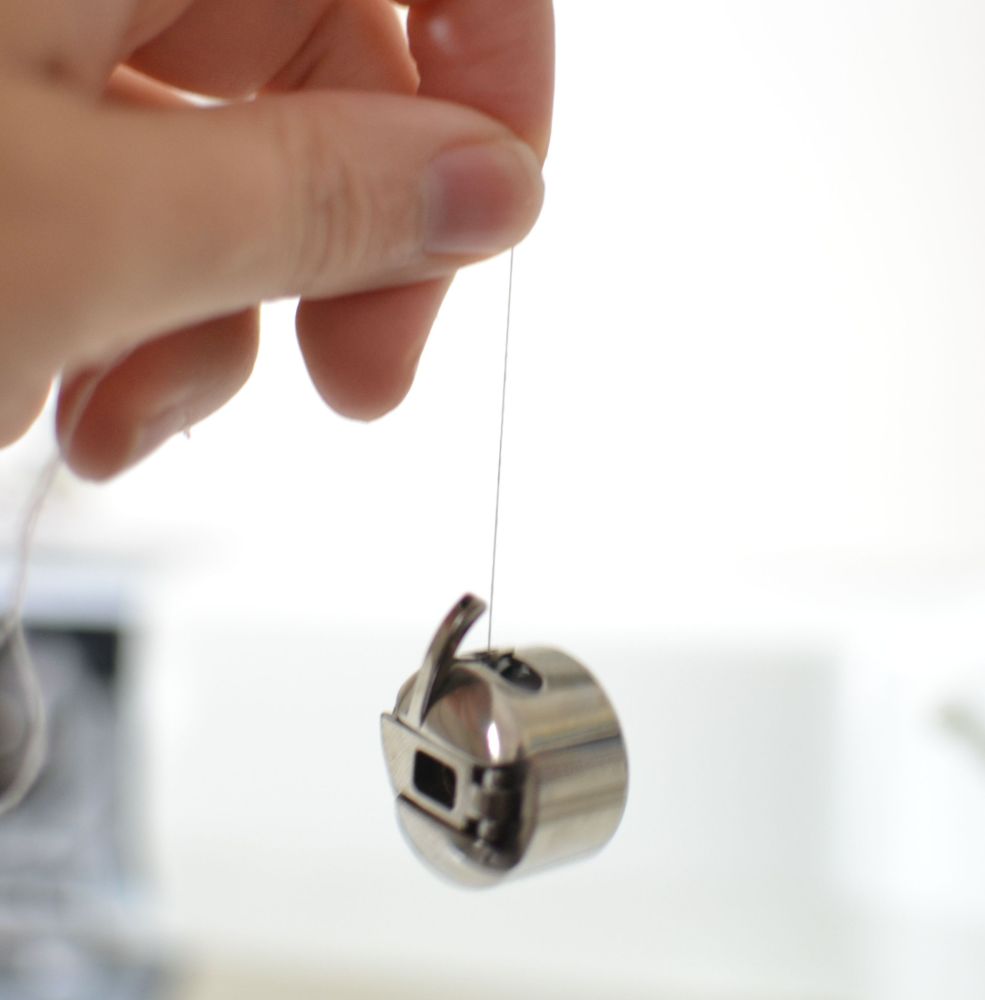Sewist’s Troubleshooting Steps {for the frustrated sewing machine}

Every couple of months I receive an email (or facebook post) from a sewist frustrated with her machine. I received one recently from a woman who wrote that her sewing machine would work okay for a bit, and then the thread would get all bunched and tangled underneath. I wanted to help her, but it’s so hard to do that when you’re not standing there to see what’s actually happening.
But I didn’t want to ignore her request, since I don’t know how many times I’ve been helped by strangers answering my message board screams (about all kinds of sewing or computer related issues).
So I gave her some basic things to do and sent off my response crossing my fingers and hoping that I would hear back that she was able to fix the problem. Yay, she was!
Then I started thinking about it, and the things I advised her to do are the same steps that I automatically follow every time one of my machines stops working the way I want it to (except for the last step since I refuse to buy cheap thread anymore).
So here are my
Sewist’s Troubleshooting Steps
just in case someone else feels frustrated with their machine:

1. Check that your thread is properly run through the right channel(s) and then the needle. It’s a simple thing, but it can come undone sometimes and cause problems. Most times, extra thread bunching underneath means little to no tension above. Holding your ‘thread tails’ every time you start can prevent the little ‘bird’s nest’ on the bottom too.

2. Open the bottom part of the machine (down where your bobbin goes) and clean out all of the lint and thread pieces. This needs to be done pretty often to ensure smooth sewing. It is especially true if you don’t have the drop-in style bobbin. If you are unsure how all the parts come out and go back together again, check your manual. It should show you how to do a proper cleaning. {If you sewing machine requires regular oiling, you might as well add a few drops now while you have everything open and clean.}
3. Check to see if your bobbin tension might need adjusting. When I had a drop-in style bobbin, I never had to do this. But since I bought a machine with the little bobbin case that you have to take out and put back in yourself, I have had to use a tiny screwdriver (included with the machine) to fix the bobbin tension occasionally. Your manual should tell you about this if it ever needs to be done. Generally, you should be able to hold the bobbin by the thread and with a gentle shake, only a couple inches of thread comes out. Check your manual for your specific bobbin tension.

4. Change your needle.
Sometimes the needle might be slightly bent, have a burr, or be misshaped in
some way that you can’t see. Also make sure that you are using the correct
needle for your fabric – sharp for woven and ballpoint for stretchy knit.
Leather, Jeans, and Topstitching needles can come in handy too. Sometimes
changing your needle can be the miracle fix.

5. Lastly, what kind
of thread are you using? My singer was so finicky that I ended up switching to
Gutterman, Mettler, and other high quality threads exclusively. The finer
quality thread made a huge difference, and it isn’t really all that more
expensive.

These steps will solve
95% of your sewing machine problems (unless your machine is really broken).
Regular maintenance is also key to keeping your little sweetheart purring, so
don’t neglect regular cleaning, oiling (if required), and dealership visits as
recommended in your manual.
Happy Sewing!

Disclosure: some of my posts contain affiliate links. If you purchase something through one of those links I may receive a small commission, so thank you for supporting SewCanShe when you shop! All of the opinions are my own and I only suggest products that I actually use. 🙂


